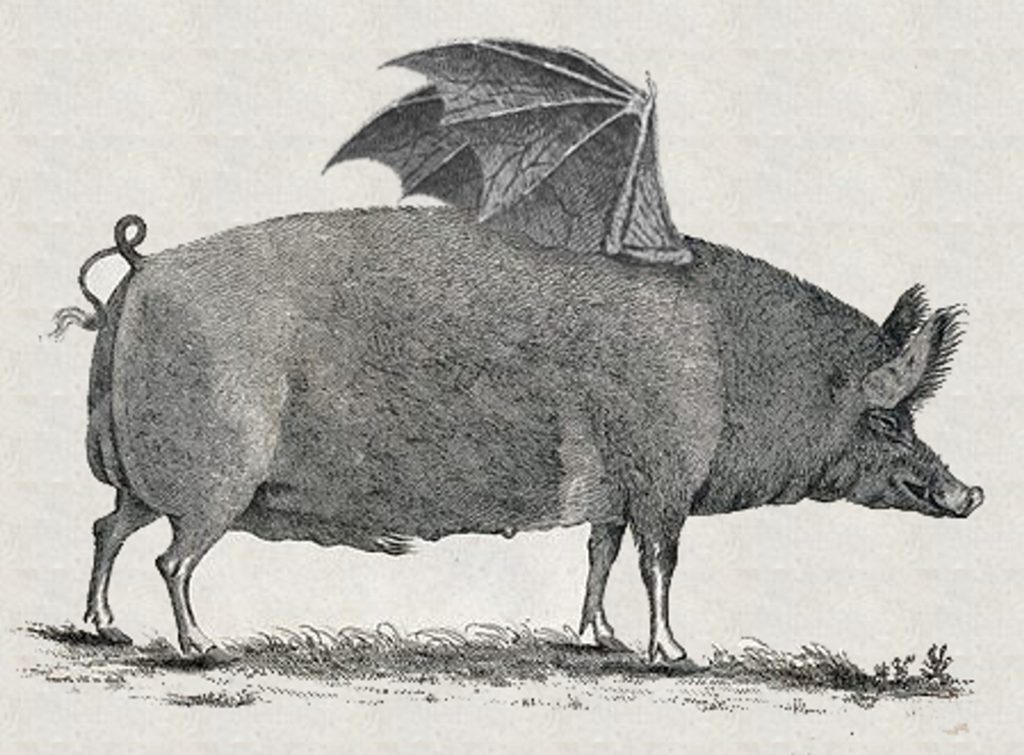
Behold!!! The Pigbat

Disordered Thoughts and Curmudgeonly Ramblings

Wyrms resemble muscular snakes about two metres long with trilateral body symmetry. They have three nostrils on top of their heads, three eyes, three mouths (although two are vestigial) and three finger like organs at the end of their tails. They have a substantially higher level of metaphysical (psionic) potential than humans.
Making things weirder they can shape-shift at will into a humanoid form that could probably pass as human on a dark night. When they shift they start out completely hairless, with no toe or finger nails, and with fish-belly pale skin and lips. Hair (including eyebrows and eyelashes) and nails grow in at a normal rate, but their skin (including their lips) darkens rapidly based on how much UV exposure they get. A humanoid Wyrm can jump three places on the Monk Skin Tone Scale in the course of one sunny day.
Wyrms in humanoid form have no external genitals, and no secondary sexual characteristics. Their skeletons are completely different to those of humans, resulting in their movement appearing ‘wrong’ to humans. A Wyrm visiting Earth typically uses a combination of prosthetics, makeup, specialised movement training and a lot of sunscreen to blend in.
The origin of the wyrm shape-shifting ability is disputed. Most researchers consider it to have been present prior to the Cataclysm (c4,800 BCE), but a vocal minority theorise that it developed as a mutation in the post-Cataclysm environment. A further minority theory posits that it was created via genetic engineering during the wars that led up to the Cataclysm.
Conversely a number of stories and folktales that can be dated back as far as 1,300 BCE claim that shape-shifting was taught to the Wyrms by a race of “pig-bats”, although no information is provided on exactly what a pig-bat may be. It has been pointed out that the phrase “pig that is like a bat” in ancient Aɞrwɓ̥1 (a post-Cataclysm language spoken on the Northern Continent) is pronounced similarly to another phrase that can be interpreted as “dimensional exile”, although this is considered nothing more than a coincidence by most linguists and historians.